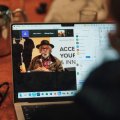Software developed by a University of Queensland researcher is part of an international experiment that could transform the construction of quantum computers.
The experiment aims to find an elusive class of fundamental particle that would transform the construction of quantum computers.
Anyons, the name given to these elusive particles, have been proposed to represent a third class of fundamental particles alongside the two known classes of bosons and fermions.
Photons, the quanta of light, are bosons, while the protons and neutrons that make up atomic nuclei belong to the fermions.
In the 1980s the existence of anyons was postulated, but until this time it has not been possible to detect anyons experimentally.
An international team of physicists from Australia, Germany and Italy has proposed a novel experimental design that should make it possible to create and detect anyons for the first time.
The project is based on calculations using software developed by researcher Dr Ian McCulloch from UQ's School of Mathematics and Physics.
Anyons would be a kind of missing link between the two known sorts of fundamental particles, fermions and bosons, says Ludwig-Maximilians-Universitat physicist Dr Tassilo Keilmann.
The findings have been published in Nature this week.
The teams trap atoms in a so-called optical lattice.
The anyons should hop from one site in the lattice to the next, producing a signature characteristic proving their existence.
Such a transition would allow the anyons to be used for the construction of quantum computers that would be far more efficient than conventional electronic processors.
The Nature paper is titled: Statistically induced phase transitions and anyons in 1D optical lattices..
Researchers on the project are from The University of Queensland, Ludwig-Maximilians-Universitat Manchen and Max-Planck-Institut fur Quantenoptik in Germany, and Politecnico di Torino in Italy.
Publication:
Statistically induced Phase Transitions and Anyons in 1D Optical Lattices
Tassilo Keilmann, Simon Lanzmich, Ian McCulloch & Marco Roncaglia
Nature Communications
http://dx.doi.org/10.1038/ncomms1353
Media: For more information contact Lynelle Ross, Communications and Marketing, School of Mathematics and Physics (lynelle.ross@uq.edu.au) or telephone 07 3365 4547.


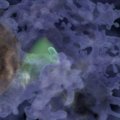
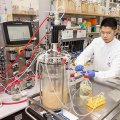
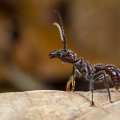
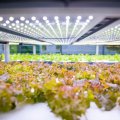

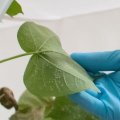


.jpg?itok=A4x468Kd)
